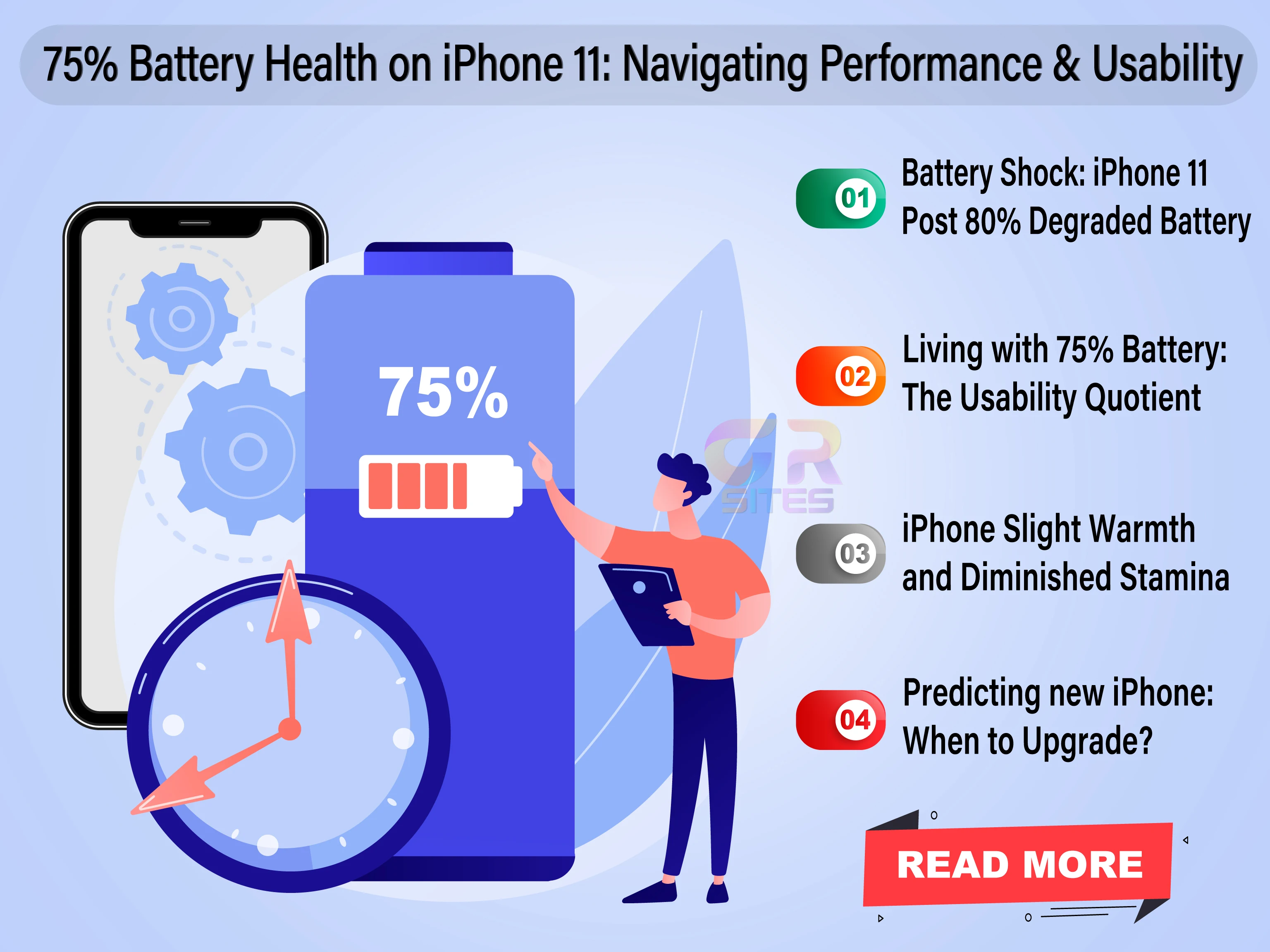Imagine this: You've been a faithful owner of the iPhone 11 for three years, meticulously following all the tips and tricks to maintain your device's battery life. However, despite your best efforts, you notice a significant drop in battery health, causing some concern and raising questions about the longevity of your beloved gadget. In this blog post, we delve into the perplexing world of iPhone 11 post 80% degraded battery, exploring what it means for your device's performance.
Battery Shock: Maintaining Optimal Charging Practices
- Unmasking the Drop: From 100% to 75% - After three years of faithful service, I found myself a disconcerting reality— battery health has plummeted below 80%. Despite my adherence to optimal charging practices, the noticeable change in the iPhone's behavior is impossible to ignore.
- Optimal Charging Practices: Myth or Reality? One of the first lessons we're taught in the smartphone realm is the importance of optimal charging practices. I religiously avoided overcharging, never let my battery drop to zero, and abstained from using third-party chargers. Yet, despite my devotion to these practices, my iPhone 11's battery health decided to take an unexpected nosedive.
Living with 75%: The Usability Quotient
While the numbers may seem alarming, living with a 75% battery health iPhone isn't as dire as it sounds. My iPhone continues to soldier on, displaying a predictable battery life that, albeit reduced, remains within the realms of usability.
- Slight Warmth and Diminished Stamina - As my iPhone 11 crossed the 80% battery health threshold, I noticed a palpable increase in its temperature. It was as if my trusty companion was running a fever. Alongside the heat, the battery life took a hit, shrinking by a notable 25%. The device remained usable, but the change was unmistakable. If my iPhone originally lasted a solid 6 hours on a full charge, it now struggled to make it through 4.5 hours.
- Predicting the End: When to Upgrade? For me, the decision to upgrade my iPhone hinges on more than just a percentage on the battery health indicator. I wait for the day when the battery life becomes unpredictable, applications fail to respond promptly, and the phone starts to falter in day-to-day activities. It's not just about a number; it's about the user experience.
Conclusion: Navigating the iPhone 11 Battery Landscape
As I navigate the jumble of iPhone battery health, one thing becomes clear—it's a journey full of twists and turns. Despite my best efforts, the enigma of battery degradation persists. So, the next time your iPhone's battery health drops below 80%, remember, it's not just a statistic. It's a story of resilience, adaptation, and the evolving relationship between you and your trusty companion.In the end, the decision to upgrade is not solely dictated by a diminishing battery health number but by the overall performance of the device and user experience. Until then, I will continue my quest for the perfect balance between optimal charging practices and the unpredictable dance of battery life.
